𝐌𝐚𝐬𝐭𝐞𝐫𝐢𝐧𝐠 𝐅𝐥𝐮𝐢𝐝 𝐏𝐫𝐞𝐬𝐬𝐮𝐫𝐞 𝐁𝐚𝐬𝐢𝐜𝐬: 𝐀 𝐂𝐨𝐦𝐩𝐫𝐞𝐡𝐞𝐧𝐬𝐢𝐯𝐞 𝐆𝐮𝐢𝐝𝐞
Pressure and its Measurement
Fluid Pressure at a Point
Fluid pressure at a point is the force exerted by the fluid per unit area at that specific point.
**Example:** The pressure at the bottom of a swimming pool is higher than at the surface due to the weight of the water above.
**Advantages:**
- Provides a fundamental understanding of fluid behavior.
- Essential for calculating forces in fluid systems.
**Disadvantages:**
- Can be complex to measure accurately in turbulent conditions.
**Applications:** Hydraulic systems, underwater exploration, and designing dams.
**Conclusion:** Understanding fluid pressure at a point is crucial for various engineering applications and helps predict fluid behaviour under different conditions.
### Pascal’s Law
Pascal's Law states that any change in the pressure applied to an enclosed fluid is transmitted undiminished to all portions of the fluid and the walls of its container.
**Example:** Hydraulic lifts used in car repair shops.
**Advantages:**
- Enables the design of efficient hydraulic systems.
- Allows for multiplication of force in hydraulic machinery.
**Disadvantages:**
- Requires incompressible fluids for accurate results.
**Applications:** Hydraulic presses, braking systems in vehicles.
**Conclusion:** Pascal's Law is fundamental in designing systems that utilize hydraulic pressure to perform work efficiently.
### Pressure Variation in a Fluid at Rest
Pressure in a fluid at rest increases with depth due to the weight of the fluid above.
**Example:** The pressure at the bottom of a lake is higher than at the surface.
**Advantages:**
- Essential for understanding buoyancy and fluid statics.
- Important for designing underwater structures.
**Disadvantages:**
- Assumes the fluid is at rest, which may not always be practical.
**Applications:** Designing submarines, calculating buoyant forces.
**Conclusion:** Pressure variation in a fluid at rest is a key concept for various applications, particularly in marine engineering and fluid storage systems.
### Absolute, Gauge, Atmospheric, and Vacuum Pressures
- **Absolute Pressure:** The total pressure measured from an absolute vacuum.
- **Gauge Pressure:** The pressure relative to atmospheric pressure.
- **Atmospheric Pressure:** The pressure exerted by the weight of the atmosphere.
- **Vacuum Pressure:** Pressure less than atmospheric pressure.
**Example:** Tire pressure gauges measure gauge pressure.
**Advantages:**
- Provides a comprehensive understanding of different pressure types.
- Essential for accurate pressure measurement in various systems.
**Disadvantages:**
- Requires correct reference points for accurate measurement.
**Applications:** Meteorology, industrial processes, vacuum technology.
**Conclusion:** Differentiating between various types of pressure is crucial for precise measurement and application in scientific and industrial processes.
### Measurement of Pressure
**Methods:** Barometers, manometers, and pressure transducers.
**Example:** Using a barometer to measure atmospheric pressure.
**Advantages:**
- Various methods allow for flexibility in measurement.
- High accuracy with modern instruments.
**Disadvantages:**
- Some methods can be complex and expensive.
**Applications:** Weather forecasting, industrial pressure monitoring.
**Conclusion:** Accurate pressure measurement is vital for scientific research and industrial applications, ensuring safety and efficiency
### 2.6 Simple Manometers
Manometers are devices used to measure the pressure of fluids using columns of liquid.
**Example:** U-tube manometer.
**Advantages:**
- Simple and cost-effective.
- Provides direct pressure readings.
**Disadvantages:**
- Limited to low-pressure measurements.
- Can be affected by temperature changes.
**Applications:** Laboratory experiments, calibration of other pressure instruments.
**Conclusion:** Simple manometers are useful tools for basic pressure measurements, providing a straightforward method for various applications.
### 2.7 Differential Manometers
Differential manometers measure the difference in pressure between two points.
**Example:** A manometer connected to two different points in a pipeline to measure pressure drop.
**Advantages:**
- Allows for precise measurement of pressure differences.
- Useful in monitoring flow and system performance.
**Disadvantages:**
- Requires careful calibration.
- Limited to specific applications.
**Applications:** Monitoring pressure drops in pipelines, HVAC systems.
**Conclusion:** Differential manometers are essential for understanding pressure variations within systems, aiding in efficient design and operation.
### Pressure at a Point in Compressible Fluid
The pressure in a compressible fluid, like gases, varies with density and temperature.
**Example:** Pressure in the atmosphere decreases with altitude.
**Advantages:**
- Important for high-speed aerodynamics and gas dynamics.
- Essential for understanding weather patterns.
**Disadvantages:**
- More complex than incompressible fluid analysis.
- Requires advanced mathematical models.
**Applications:** Aerospace engineering, meteorology.
## Overall Conclusion
Understanding pressure and its measurement is fundamental in fluid mechanics, impacting various fields from engineering to meteorology. Each method of measuring and understanding pressure has its advantages, limitations, and specific applications, making it vital for engineers and scientists to choose the appropriate technique for their needs. Whether designing hydraulic systems, studying weather patterns, or ensuring the safety of underwater structures, the principles of pressure and its measurement play a critical role in advancing technology and enhancing our understanding of the natural world.
### Copyright Disclaimer
All content provided in this discussion on "Pressure and its Measurement" is for educational and informational purposes only. The content is based on general knowledge and publicly available information. Any references to specific examples, applications, or concepts are for illustrative purposes and are not intended to infringe on any copyrights. If any copyrighted material has been inadvertently included, it is unintentional, and the copyright holder can contact us to request its removal.
#FluidMechanics #PressureMeasurement #Engineering #Hydraulics #PascalLaw #Manometers #Aerodynamics #Meteorology #Science #Technology #STEMEducation #Physics #FluidDynamics



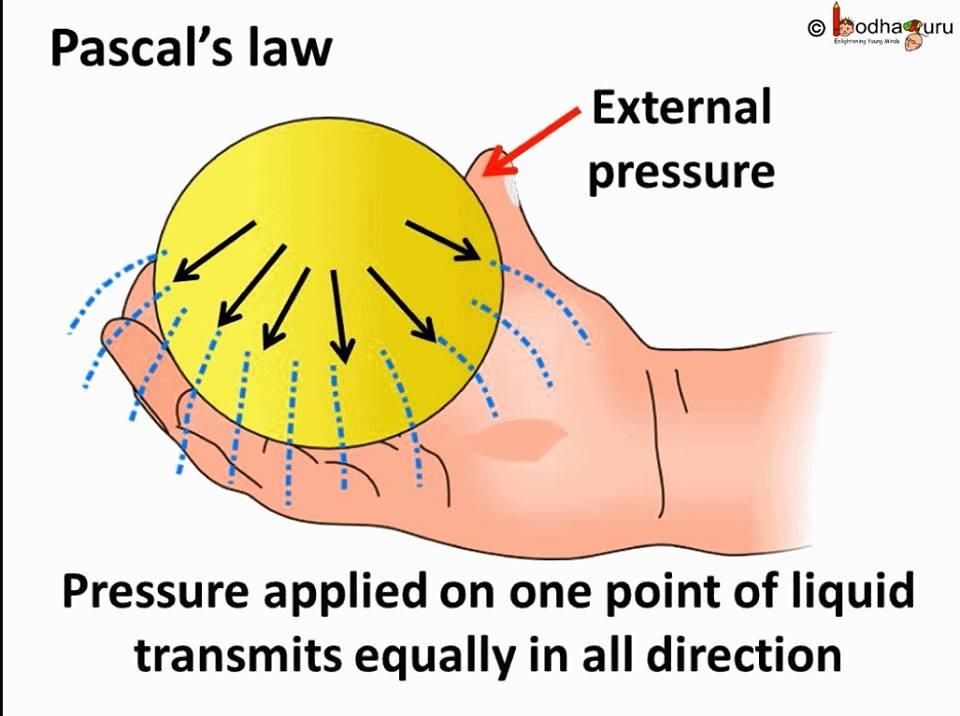
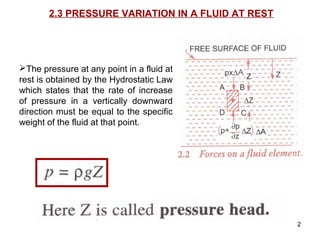
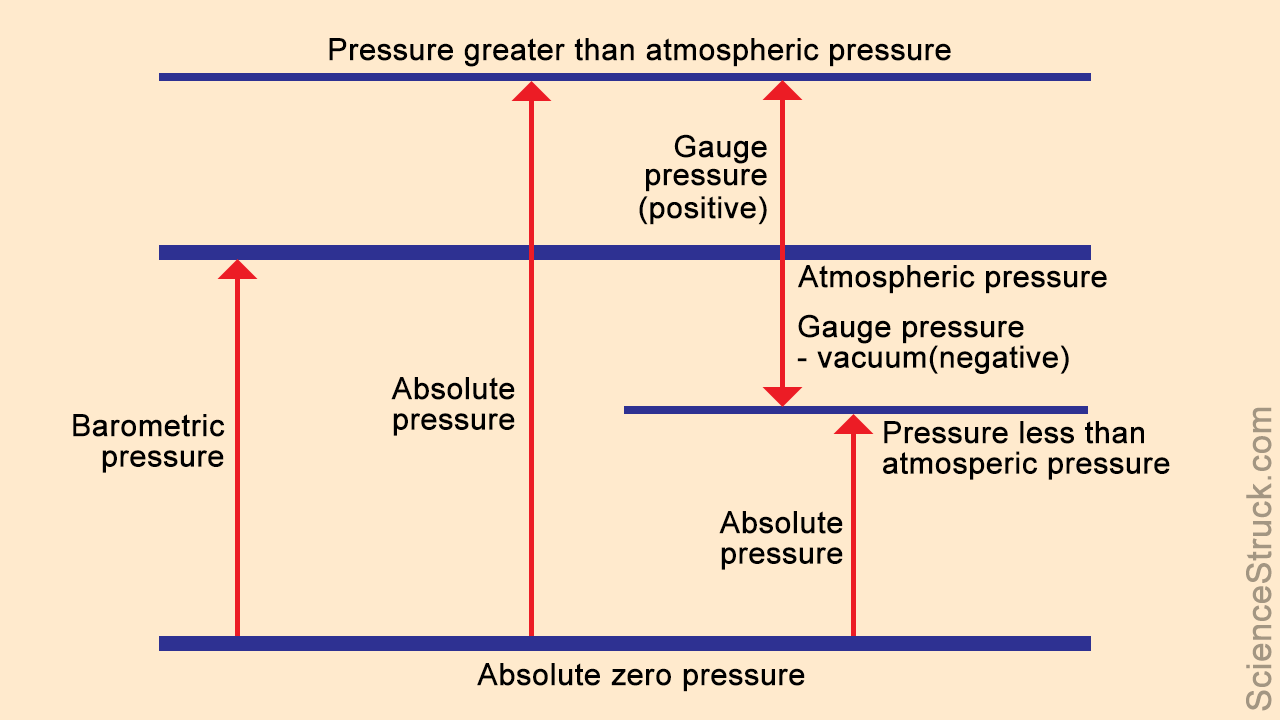
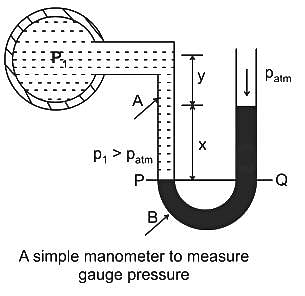
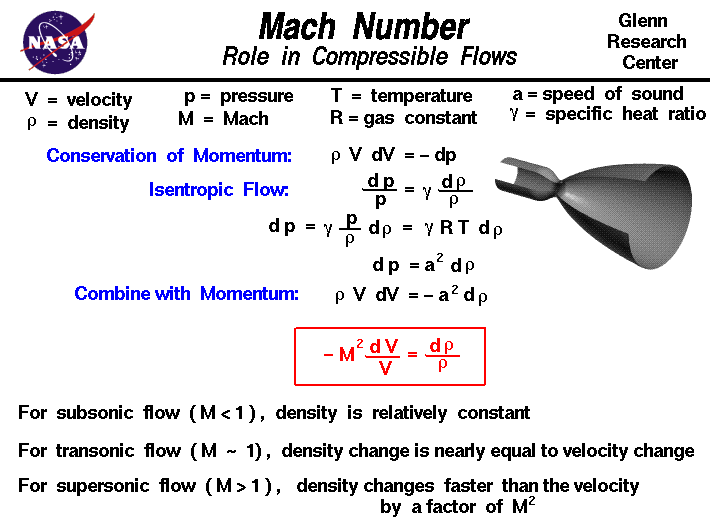


Comments
Post a Comment